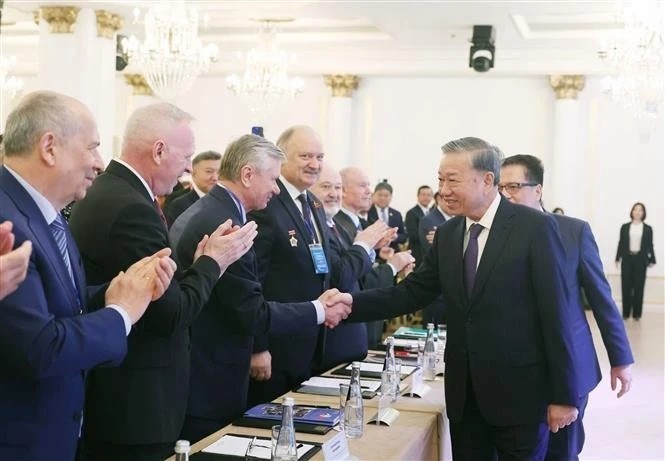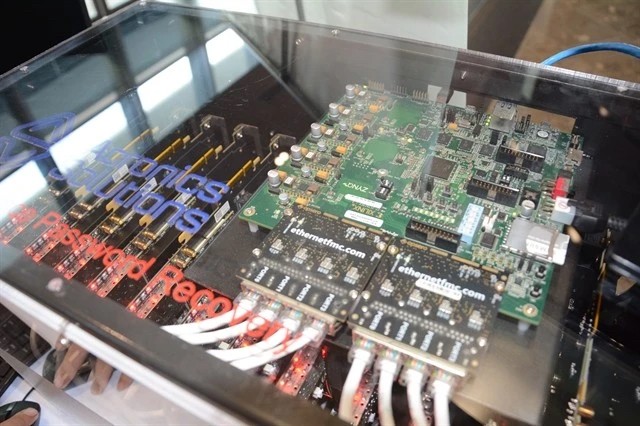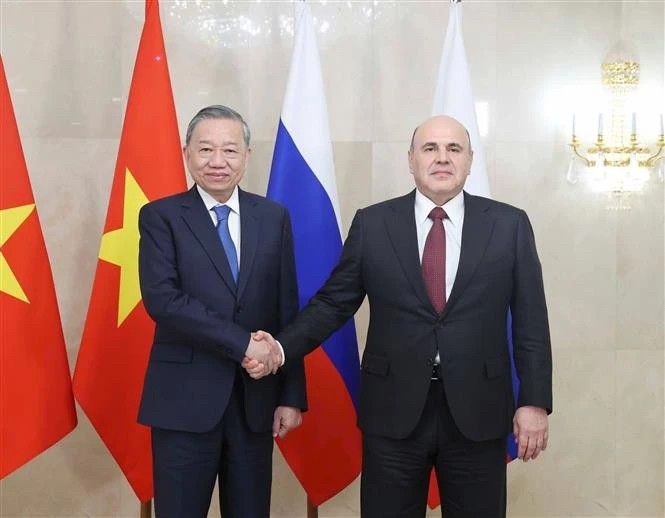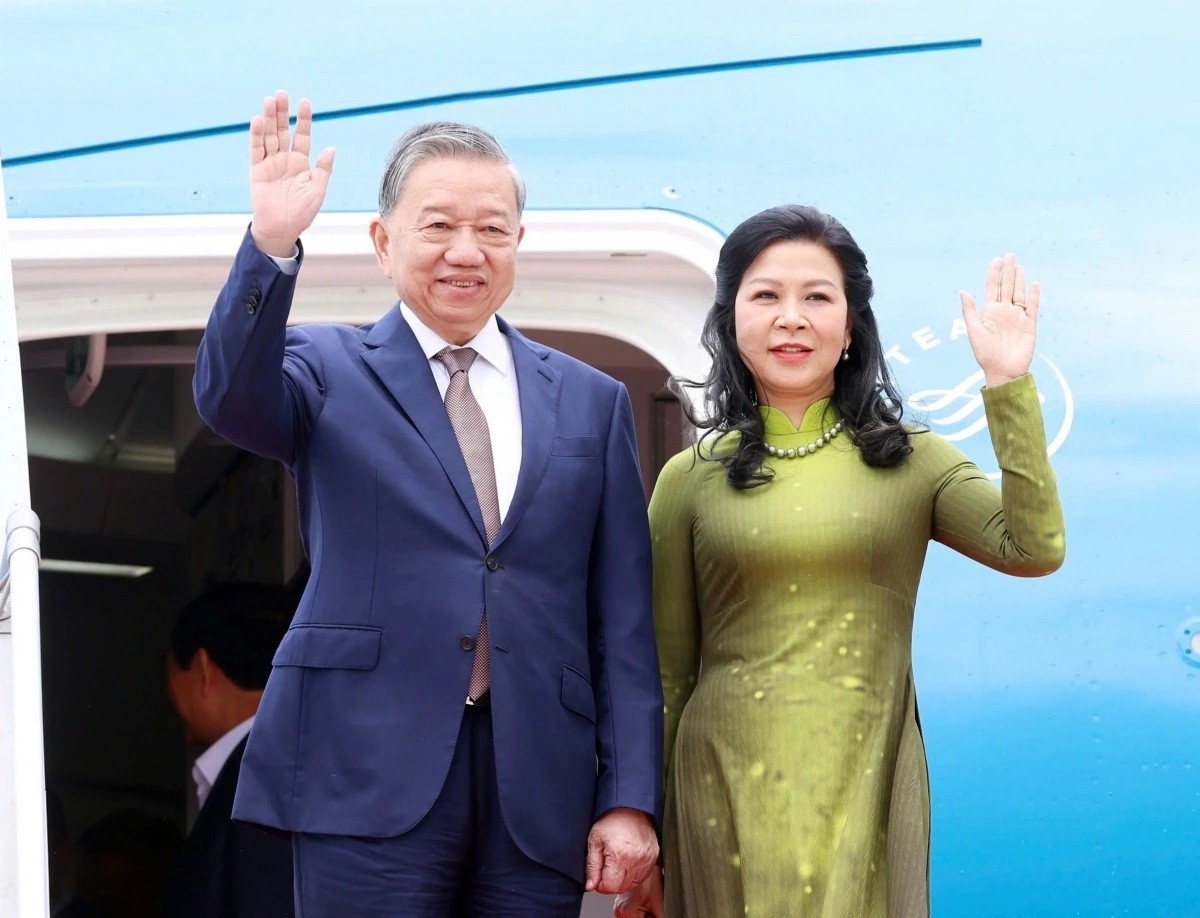Special Vietnam Corner Shows Heroic History in Russian Museum
Through the suggestion of a defense attache, I paid a visit to the Russian Air Defense Museum. About an hour's drive from the center of Moscow, the Museum is located in the heart of Balashikha city in Moscow. Yuri Knutov, Director of the Museum arranged a day off for the meeting with reporters to have more time to for discussion. For this man, the 50th anniversary of the "Hanoi-Dien Bien Phu in the air" victory is a special occasion, not only for the people of Vietnam but also for himself and the museum.
ưKnutov was well-dressed and looked very smart. Through his words, the museum is vividly described. There are about 16,000 artifacts in the museum, 400 of which are military equipment and real weapons reflecting the stages of formation and development of the Russian air defense forces. The Director expressed his pride in the contribution of air defense forces to the former Soviet Union’s victory in World War II, as well as to the participation of anti-aircraft troops in conflicts.
He has shared many times about the Vietnamese resistance war against the US to save the country, but every time he mentions this topic, Knutov talks with great enthusiasm. He always reminds visitors of the museum to pay attention to the S-75 anti-aircraft missile complex (which Vietnam often calls SAM-2) built at the entrance. He called it a great symbol.
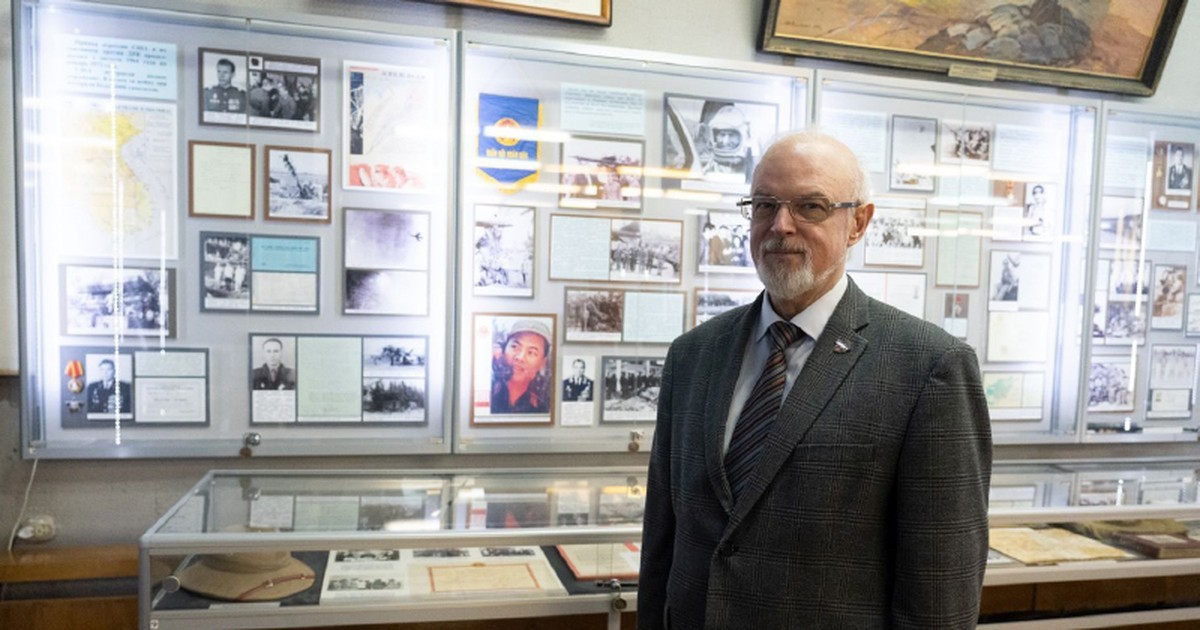 |
| Yuri Knutov stands in the Vietnam corner of the Museum. (Photo: Thoi Dai) |
According to Knutov, in 1965, the US military deployed air strikes on Vietnam. The Soviet Union provided Vietnam with the S-75, MiG-17, and MiG-21 fighters. Soviet experts also assisted the Vietnamese army in operating the system. Knutov showed his admiration towards the Vietnamese soldiers who always tried hard to quickly know and use the equipment effectively, especially in the aerial battle of Dien Bien Phu at the end of December 1972.
At a corner on the second floor of the museum, there is a blue souvenir flag hanging neatly in the glass cabinet, embroidered with the words “Vietnamese People's Army” in gold. Next to the flag were printed the words of General Vo Nguyen Giap praising the victory "Hanoi - Dien Bien Phu in the air" leading to the signing of the Paris Peace Accords in 1973. There is also the image of Pham Tuan with a bright smile, who is called the hero of the People's Armed Forces of Vietnam. Pham Tuan used to pilot MiG-21 and shot down B-52 aircraft of the US.
The Vietnam corner is carefully arranged. The details of the aerial battle of Dien Bien Phu appeared: On December 18, 1972, the US military operated the "Linebacker II," which was considered the most powerful test for advanced weapons, techniques, and combat operations of the US Air Force. Knutov emphasized that the US Air Force showed great determination in wiping out Hanoi and Hai Phong. But after 12 days and nights, the American lost the battle. 81 aircraft were destroyed, including 34 B-52s. He said that the combat ability of the Vietnamese army with the support of the Soviet anti-aircraft missile system scared away the enemy.
Through each artifact in the museum showed the friendly support of the Soviet Union toward the Vietnamese people and army. It is recorded through photos of its military experts present at the place where the air defense system was located in Vietnam. Every photo is full of smiles. The Vietnam corner also has the image of President Ho Chi Minh meeting and thanking Soviet experts. A letter from a military cadet is also displayed here with the words: “Please send me to Vietnam. I want to hold the weapons up to defend the independence and freedom of fraternal Vietnam."
The museum also displays a ring made from the piece of a downed American aircraft, or the paper announcing the medals awarded to Soviet comrades for their great contributions. The highlight is a corner honoring Senior Lieutenant General Anatoly Khiupenen, who used to be Head of the Soviet military expert delegation in Vietnam and joined Vietnamese troops and people to overcome the most difficult years in the resistance war against the US, including the 12-day battle of aerial battle of Dien Bien Phu.
Colonel Tran Tien Phuong, Vietnam's Defense Attaché in Russia, emphasized that Russian veterans, generals, and officers today still remember, admire, and express their pride in the victories of the Vietnamese air defense troops in the aerial battle of Dien Bien Phu.
The Russian side appreciates the memorabilia and artifacts from Vietnam. The Vietnam corner always attracts visitors to the museum, especially students. The addition of artifacts will help Vietnam corner continue to improve its aesthetic values, educational and propaganda meanings.
The "Hanoi-Dien Bien Phu in the air" victory 50 years ago has continued to unite the two peoples, the two countries of Vietnam and the Soviet Union (formerly), and the Russian Federation (today). The museum held film screenings, exchanges, and conversations to recall a time of heroic fighting of the people of the two countries. Knutov expected more Vietnamese people to visit the museum and hoped that both peoples would make greater efforts to preserve the Vietnam-Russia traditional friendship.
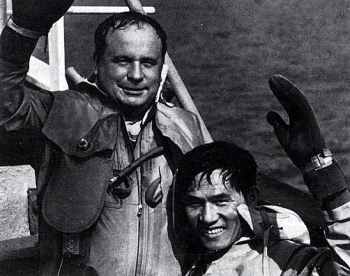 | Vietnam, Russia celebrate historic Soviet-Vietnamese space flight The Air Defense-Air Force High Command has partnered with the Vietnam-Russia Friendship Association to celebrate the exploits of Vietnamese astronaut Pham Tuan as one of ... |
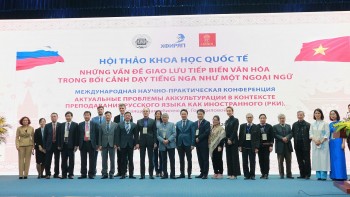 | Vietnam - Russia Conference Boosts Academic Exchange The Vietnam - Russia academic exchange takes the Russian linguistics program between the two countries to a deeper level. |
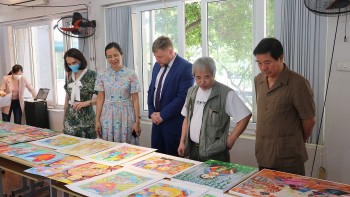 | Children's Art Promotes Vietnam – Russia Friendship Authentic paintings by children in a contest show the traditional and close friendship between Vietnam and Russia. |
Recommended
 Focus
Focus
Vietnam Leaves Imprints on the World Peacekeeping Map
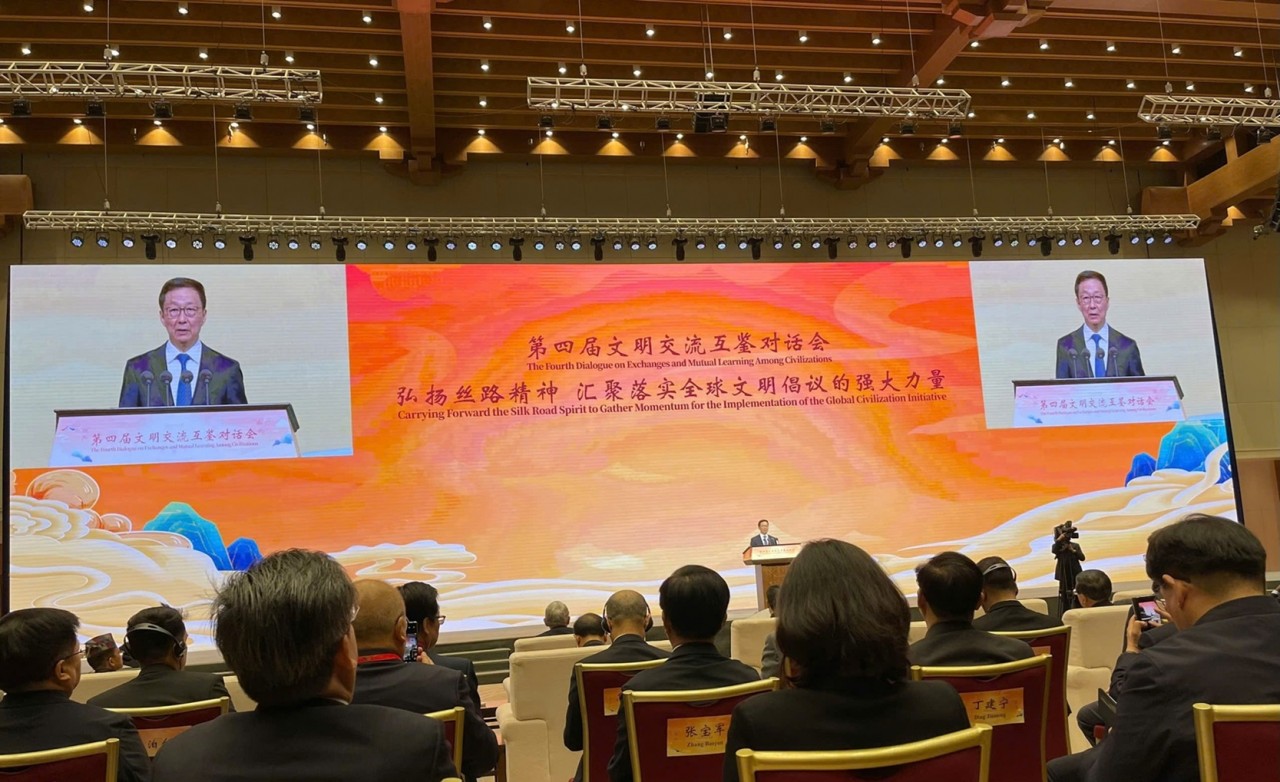 Friendship
Friendship
VUFO Attends Fourth Dialogue on Exchange and Mutual Learning among Civilizations
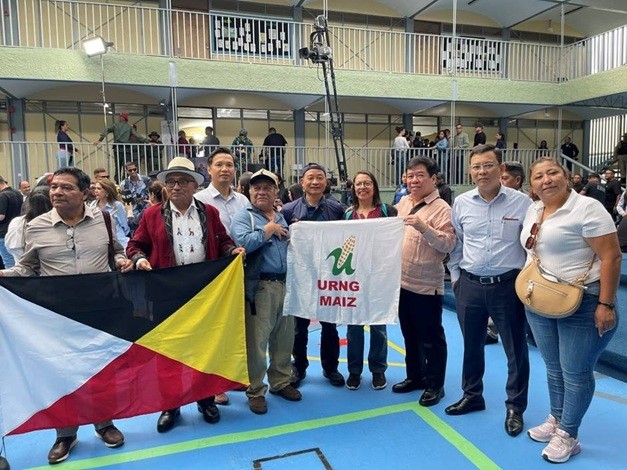 Focus
Focus
Strengthen Solidarity and Friendship Between Vietnam and Venezuela
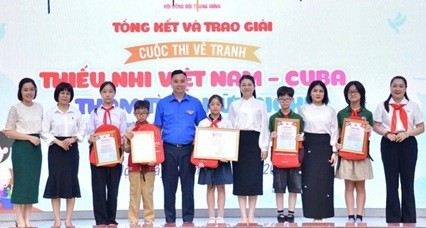 Focus
Focus
"Vietnamese - Cuban Children, Deep Friendship" Painting Contest Announces Winners
Popular article
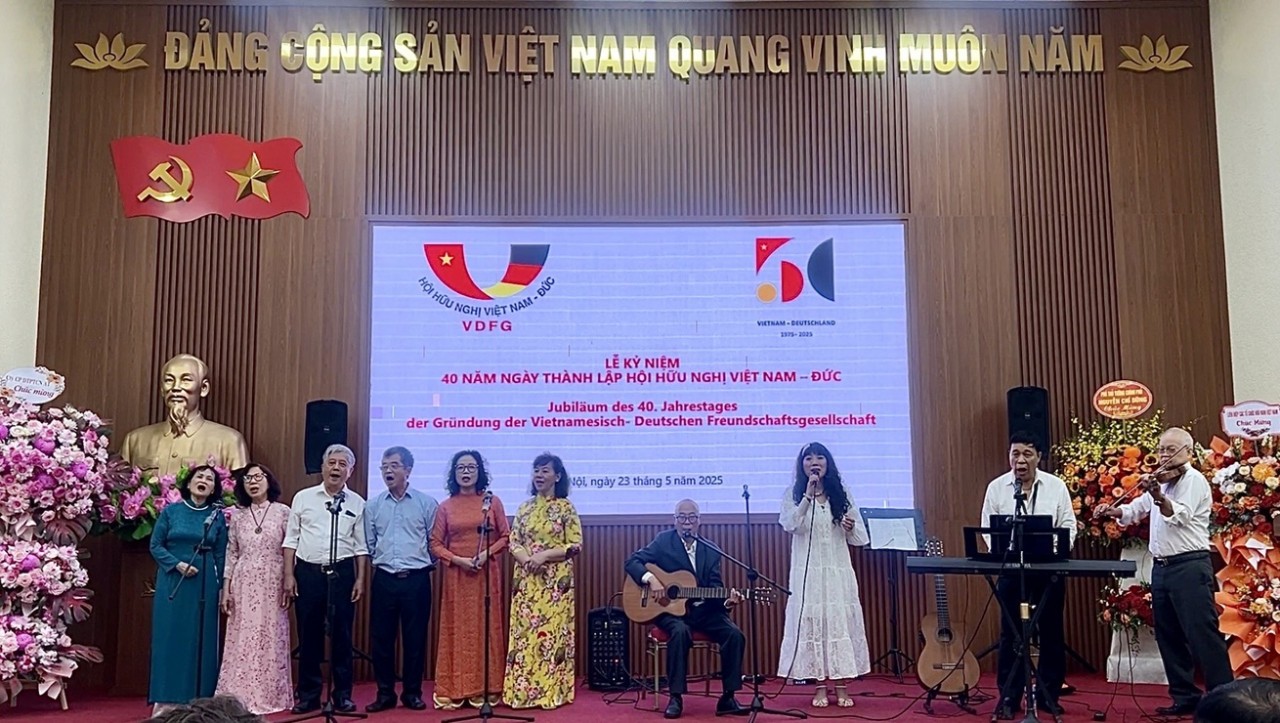 Focus
Focus
Solid Bridge for People-to-people Relations between Vietnam and Germany
 Focus
Focus
35 Years of FES in Vietnam: Fostering Dialogue, Advancing Equity
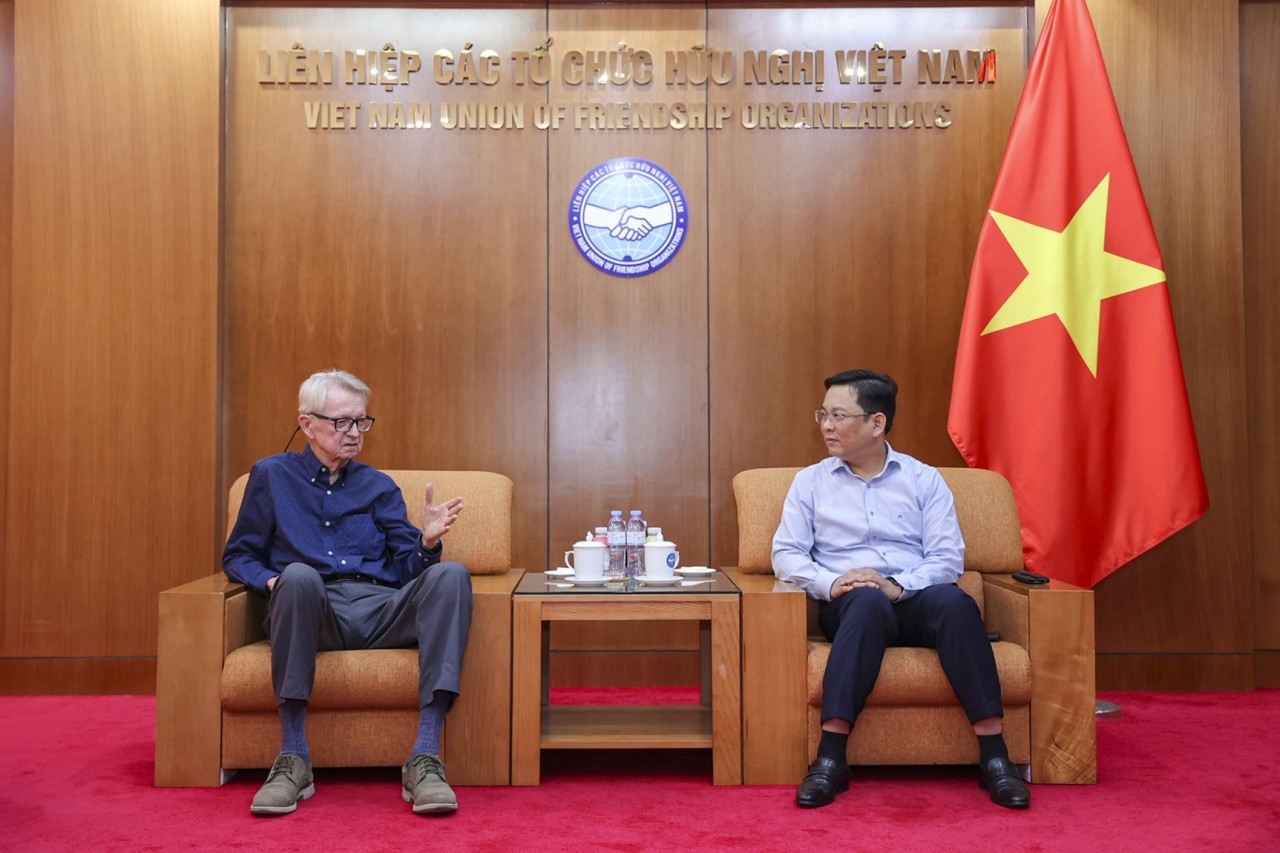 Friendship
Friendship
VUFO Appreciates Contributions of American Veterans in Overcoming Consequences of War
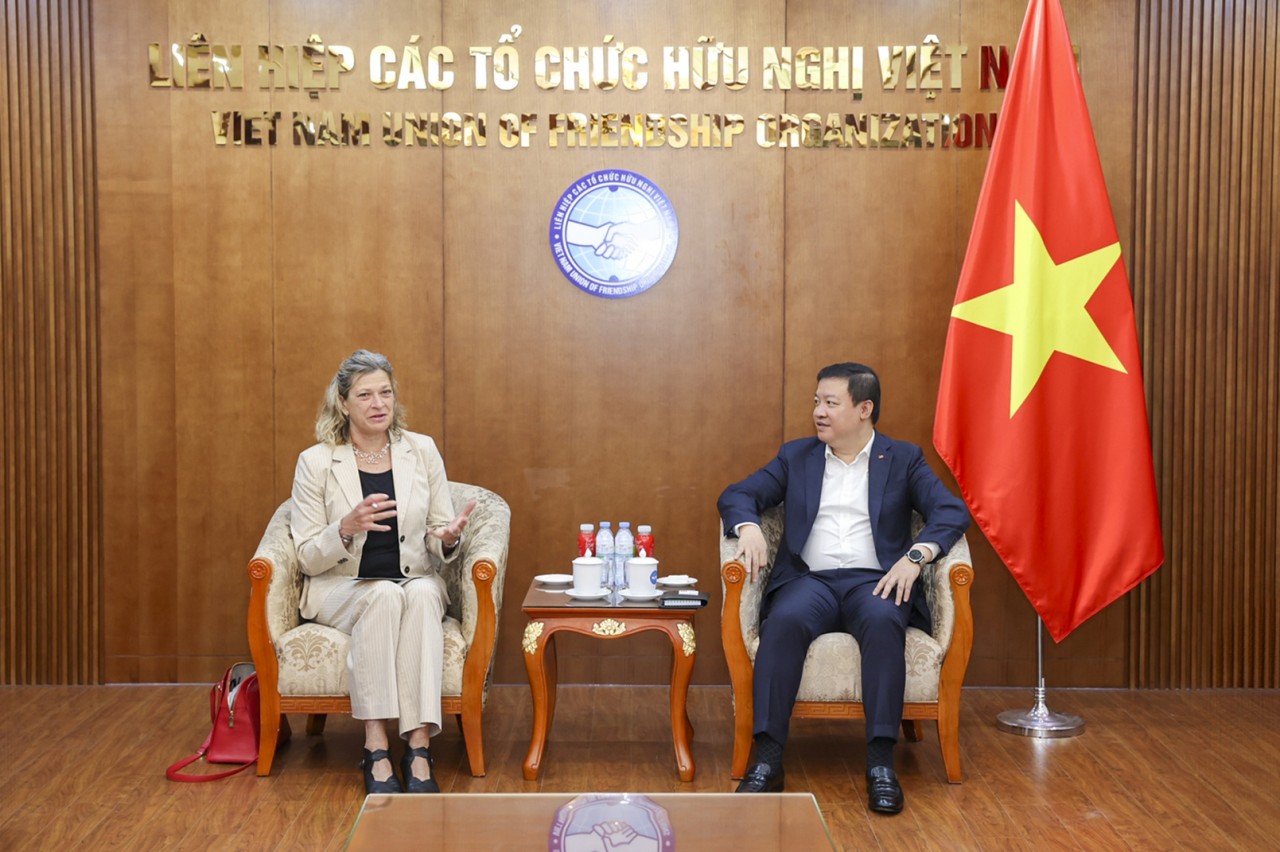 Focus
Focus




